Interior design doesn't begin with choosing a sofa or colour palette. It starts much earlier, in a silent encounter with those who will inhabit the space. Stories, habits, and values serve as the fundamental building blocks for designing spaces that are not just aesthetically pleasing, but also functional.
Lifestyle in design is an invisible element that gives meaning to every decision: from the light that enters in the morning to the touch of the wood that welcomes the first cup of coffee of the day. A space designed with its user in mind becomes a faithful reflection of its identity, creating harmony between function and emotion.
Design is a way of storytelling, as each space tells the unique story of its inhabitants, translating memories, routines, and values into areas that move and inspire.
At ALMA de LUCE, every project should be an extension of life. It's not just about filling walls; it's about creating places where routine becomes experience and every detail speaks the language of those who live it.
Throughout this article, you'll discover how understanding a user's lifestyle can redefine a space, influence material, colour, and layout choices, and create projects that combine functionality and inspiration in a balanced way. More than just trends, you'll find ideas for transforming interiors into personalised spaces that tell stories.
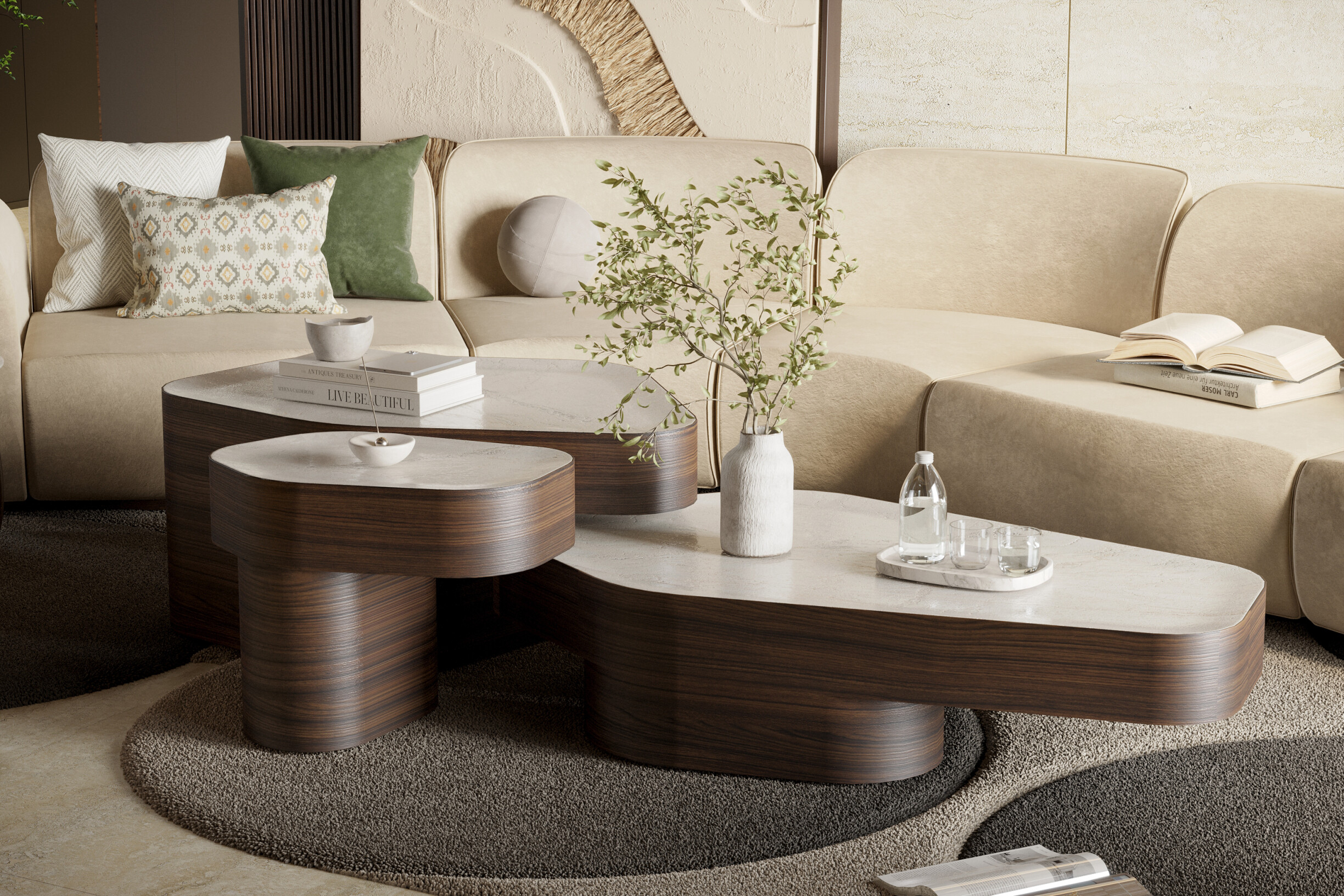
A truly unique space emerges from a profound dialogue between designer and client. It's one of the first steps in the interior design process. Before sketching or choosing materials, it's vital to know who will use the space, how they move, what they value, and what they avoid. This understanding of everyday life is the foundation of any custom design project, and it's the key to creating informed and knowledgeable design solutions.
Targeted interviews
It's not enough to ask, "What colours do you like?" or "Do you prefer minimalism or maximalism?" An effective interview explores the client's life:
Ask where they like to spend time at home (kitchen, living room, balcony).
Understand what types of activities they engage in: cooking for friends, working from home, and practising yoga.
Ask about essential objects and memories to integrate them into the design.
For example, a client who frequently entertains might benefit from an open living room with dining areas and fluid circulation.
Practical Observation
Visiting the space before starting the project and observing how it is used reveals valuable information:
Identify areas with limited natural light and assess whether this affects well-being.
Notice passageways where objects accumulate, indicating a lack of storage space.
Evaluate whether the current furniture restricts circulation or functionality.
A client who works at the kitchen table due to a lack of office space may inspire the creation of a small, integrated work area that doesn't compromise aesthetics or a home office.
Custom mood boards
Bringing together images, textures, colours, and visual references on a mood board helps translate lifestyle into aesthetic language:
Travel photographs, art pieces, or spaces the client admires.
The moodboard showcases materials that evoke specific emotions such as warmth, freshness, and sophistication.
Inspirations for projects that resonate emotionally with the client.
For example, a client passionate about coastal landscapes might inspire a soft palette, with whites, blues, and natural materials like linen and light wood, within the context of a Modern Mediterranean style.
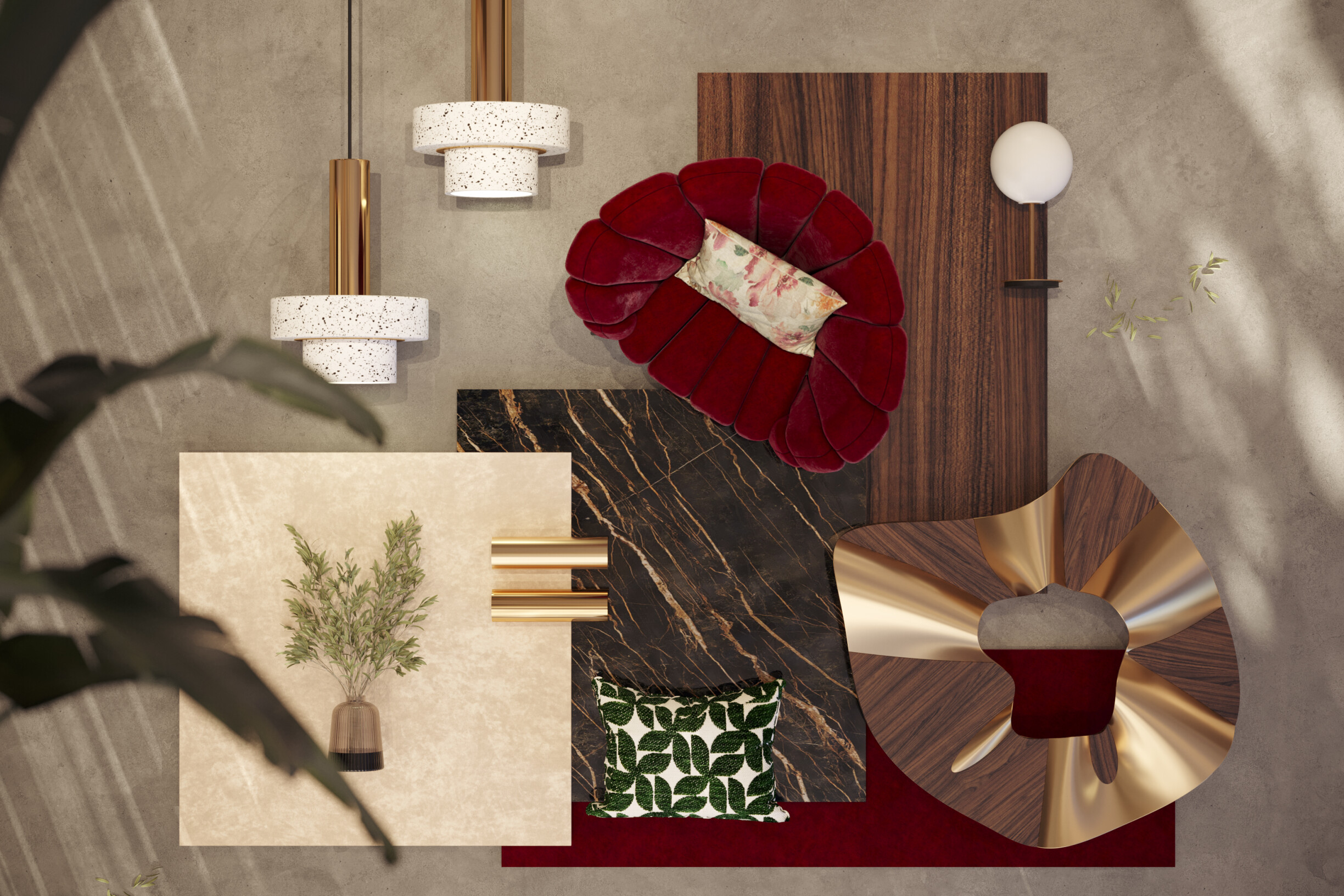
When lifestyle design is the foundation of the project, the result is not only aesthetically pleasing but also functional and practical. It's functional, comfortable, and emotionally meaningful.
Spaces remain relevant over time, even as trends change.
There's a genuine emotional connection between the user and the space.
Functionality seamlessly integrates into daily routines, eliminating the need for artificial or uncomfortable solutions.
Lifestyle design guides all visual and functional choices in a project. Each user's habit, routine, or value directly impacts the materials chosen, the colour palette, and the way the space is organised.
Materials should reflect your client's everyday reality. Let's look at some examples.
For families with children, it makes sense to opt for high-strength fabrics, washable upholstery, and surfaces that conceal stains, such as sofas made from technical fabric with stain-resistant technology or quartz countertops for added durability.
If your client is a telecommuting professional, consider selecting tables with wear-resistant finishes, as well as ergonomic chairs featuring breathable fabric and acoustic comfort-enhancing elements.
Imagine your client is passionate about nature; incorporating certified solid wood, natural fibres like linen or organic cotton, and eco-friendly paints with low organic compounds can make all the difference.
The layout is the invisible map that defines how you live in a space. Open spaces encourage social interaction and are ideal for families or those who frequently entertain, creating a fluid flow between the living room and kitchen and allowing for constant interaction.
On the other hand, segmented areas offer the privacy needed for moments of focus, especially important for professionals working from home. Versatile layouts cater to those seeking flexibility, such as singles in compact apartments, where multifunctional furniture, like the Marqueyssac modular sofa from ALMA de LUCE, extendable tables, or mobile shelves, allows the space to be transformed to suit the occasion.
The harmony between materials and layout creates spaces that not only respond to the present but also adapt easily to life changes, ensuring the project's longevity.
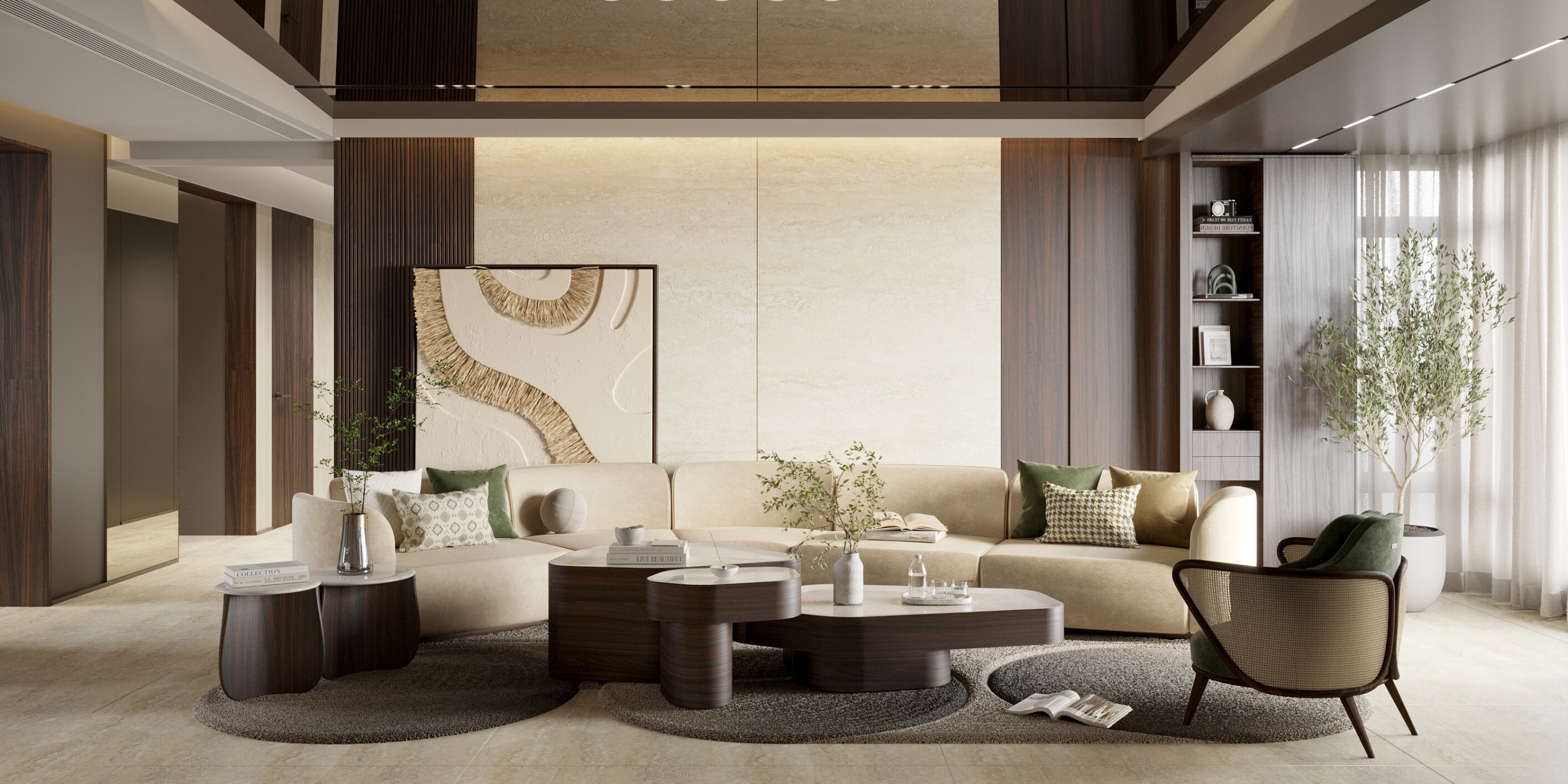
Adapting a project to a client's lifestyle is more than a functional issue, as we've seen. It involves creating a setting where every detail responds to the needs of those who live there. The challenge lies in translating habits, routines, and values into a space that combines comfort, aesthetics, and longevity.
Families live in a state of constant movement, and design must keep pace with this. Spacious living areas, good circulation, and durable materials are therefore essential.
An open living room connected to the kitchen invites to share meals and stories, while smart storage areas (built-in cabinets or benches with storage space, for example) maintain organisation in everyday life. The Adamastor Dining Table from ALMA de LUCE exemplifies this philosophy: designed to be robust and elegant, it offers a generous space for gatherings with family and friends, combining durability with a timeless design.
Safety is also a crucial consideration, with solutions that minimise risks, such as rounded corners or non-slip flooring.
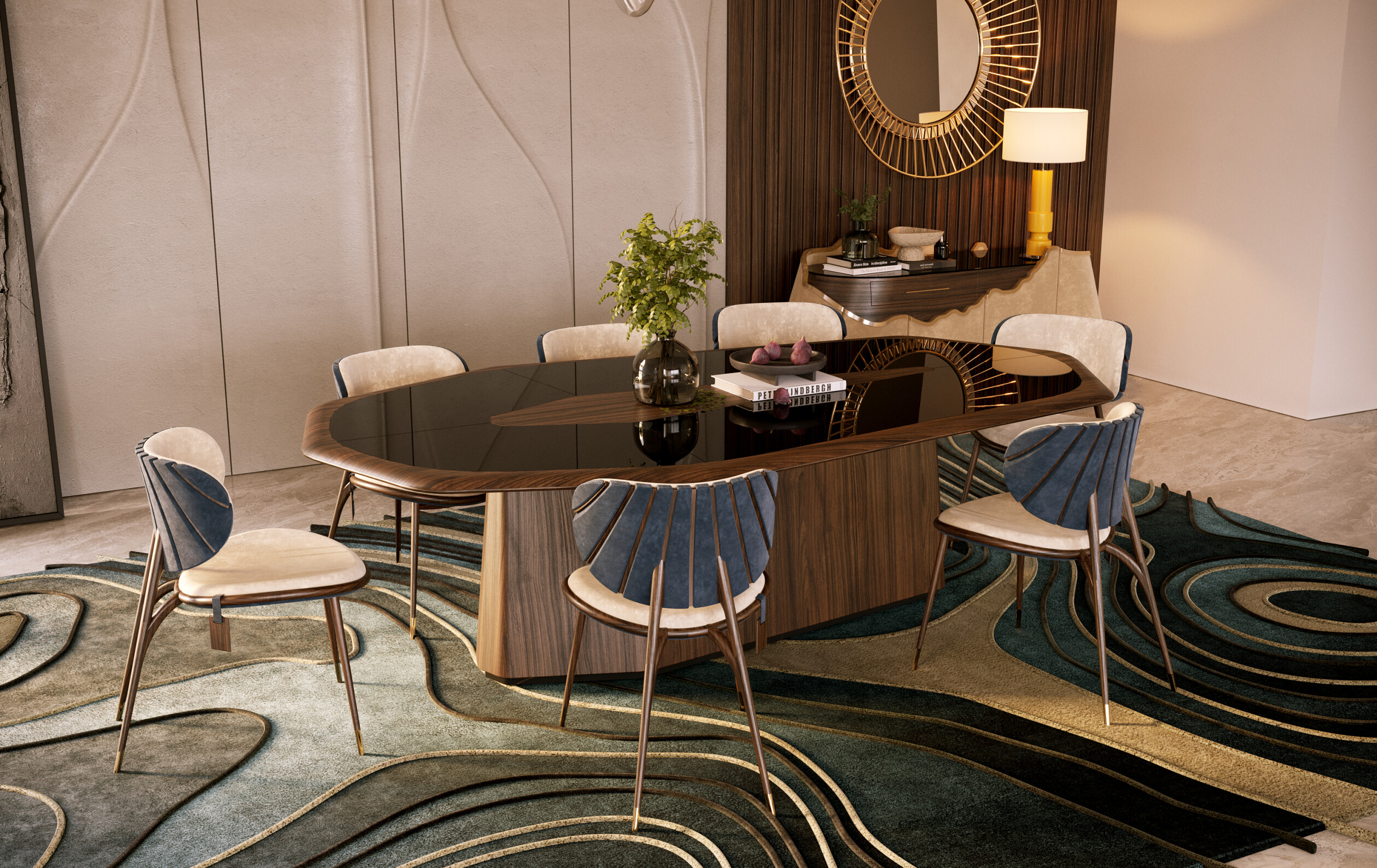
Those who work from home need hybrid areas that combine productivity and well-being. An integrated home office, yet visually harmonised with the rest of the space, creates the perfect transition between personal and professional life. In this case, you can use features such as glass partitions, adjustable lighting, and acoustic solutions that enhance comfort and concentration. Whenever possible, exposure to outdoor views or contact with natural elements helps reduce stress and boost creativity.
Single-person spaces require versatility and character. Optimisation is essential, especially in more compact apartments, where every square metre must have a purpose.
Thus, multifunctional furniture (such as extendable tables, beds with built-in storage, and sofas that convert into beds) allows for the creation of leisure, work, and rest areas without compromising aesthetics.
Here, personalisation is the key: works of art, bold colours, or statement design pieces make the space a direct extension of the user's personality.
Creating spaces tailored to different profiles essentially means understanding that there is no single concept of a "perfect home". There is indeed the right space for every lifestyle, and it is this faithful translation of life into design that ensures a timeless result.
In interior design, functionality cannot be seen as separate from inspiration. Both functionality and inspiration are integral aspects of interior design. A truly well-designed space combines the effectiveness of practical solutions with the ability to move and motivate those who inhabit it.
Functionality ensures that the space meets daily needs, from ease of movement to the intuitive arrangement of objects, creating comfort and well-being. However, without a touch of inspiration, the space risks becoming cold and soulless.
This is where a profound understanding of users reveals its transformative power. Design that reflects residents' values, passions, and lifestyle creates projects that not only function but also tell stories and evoke emotions. It creates spaces with soul.
For example, the Roatan side table from ALMA de LUCE combines functional simplicity with an organic and natural aesthetic, making it perfect for those who value cosy areas and a connection with nature. The Dom Sebastião sofa, with its imposing presence and refined comfort, combines classic lines with contemporary materials, creating an ideal space that invites both conviviality and contemplation.
This balance between the practical and the inspiring is what transforms houses into homes and spaces into experiences.
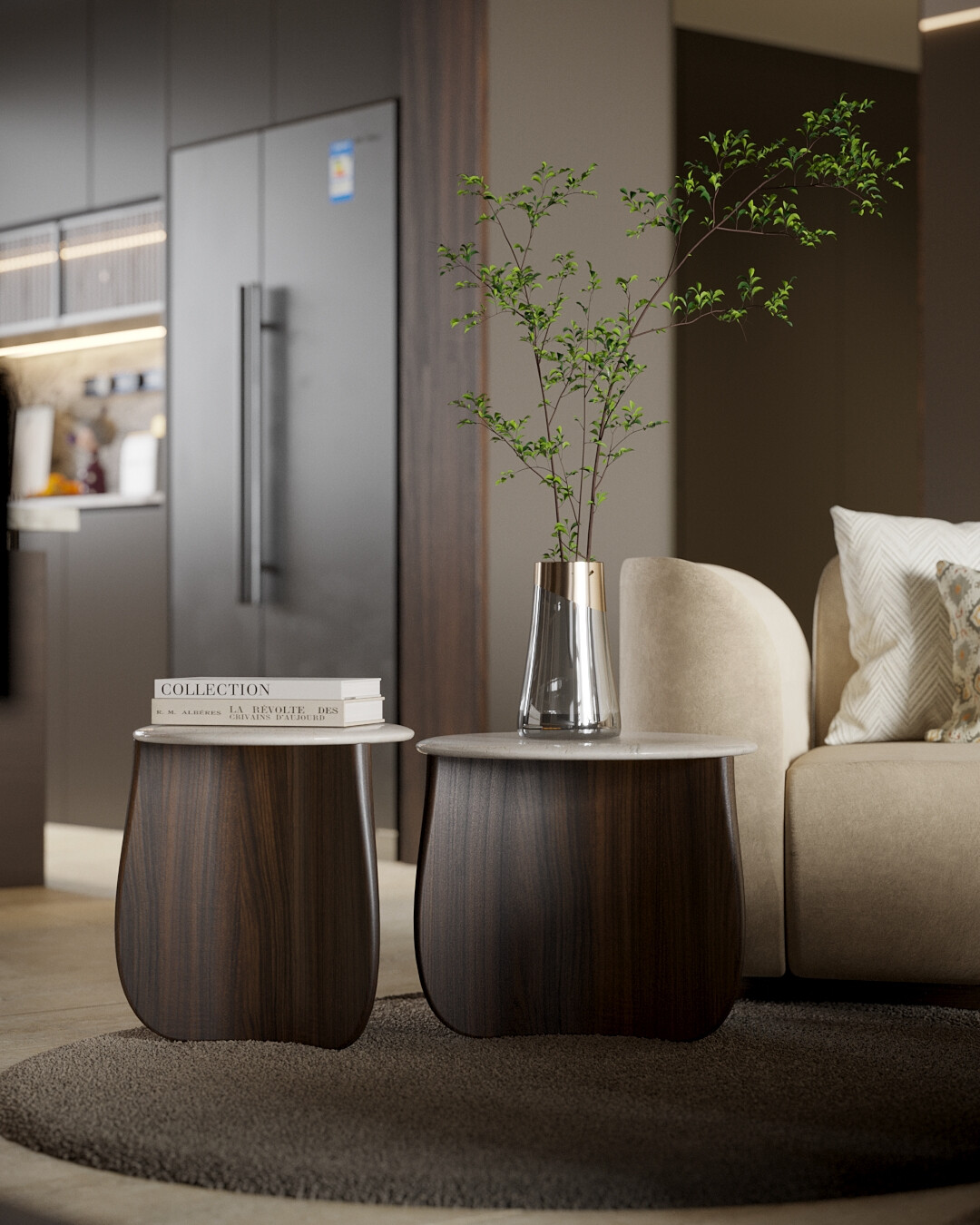
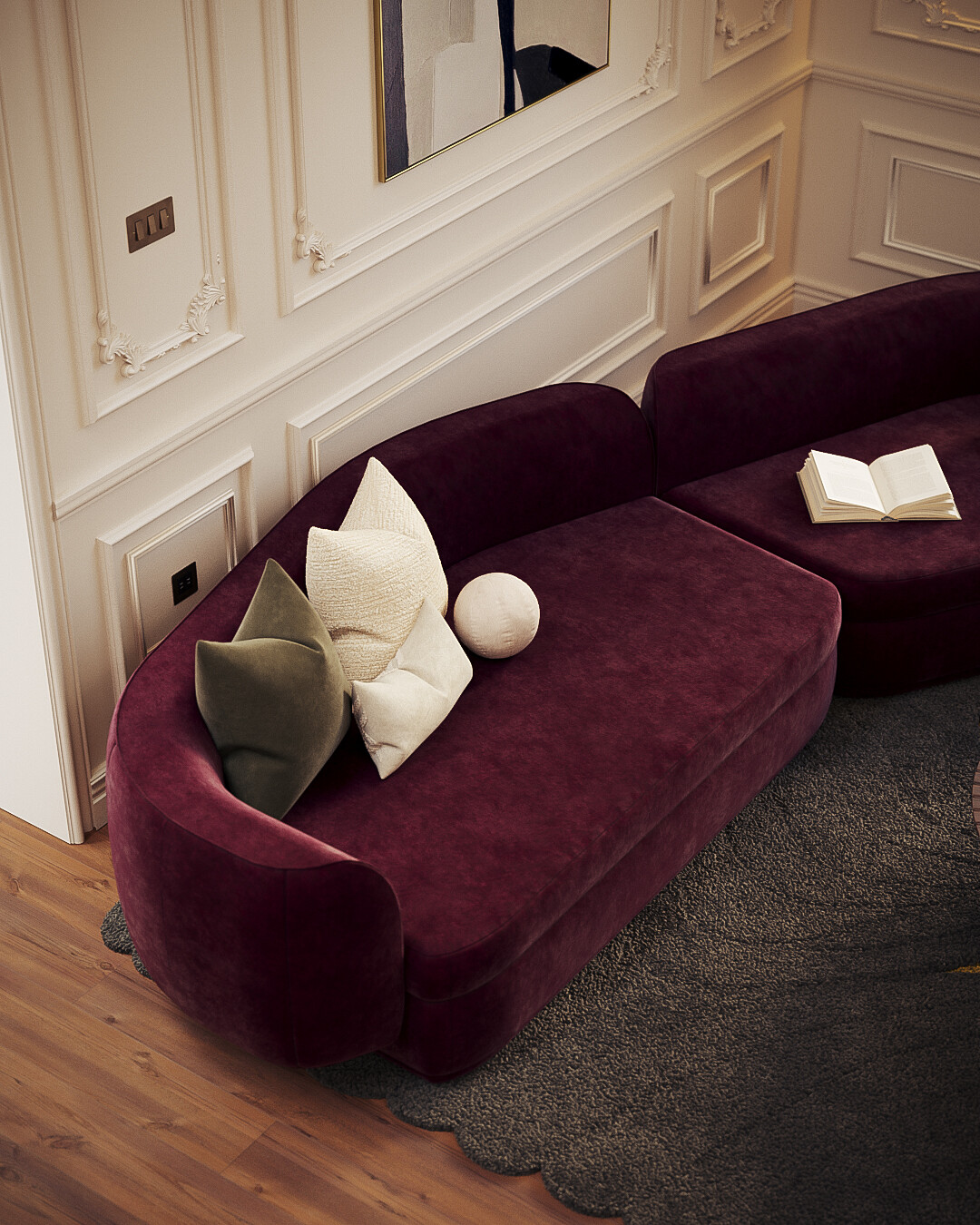
Lifestyle-driven design is key to creating unique, functional, and meaningful spaces. When the personality, habits, and values of those who inhabit a space guide the creative process, the result goes beyond aesthetics; it becomes an authentic reflection of life.
At ALMA de LUCE, each design piece is a unique expression, where the harmony between functionality and inspiration creates objects that live and inspire spaces.
To stay ahead in the world of design, it is crucial to keep current with trends, new technologies, and innovations in the sector. Follow the ALMA de LUCE blog to stay up-to-date with the latest news and insights in interior design, drawing inspiration from the most advanced approaches and unique pieces that make a difference.